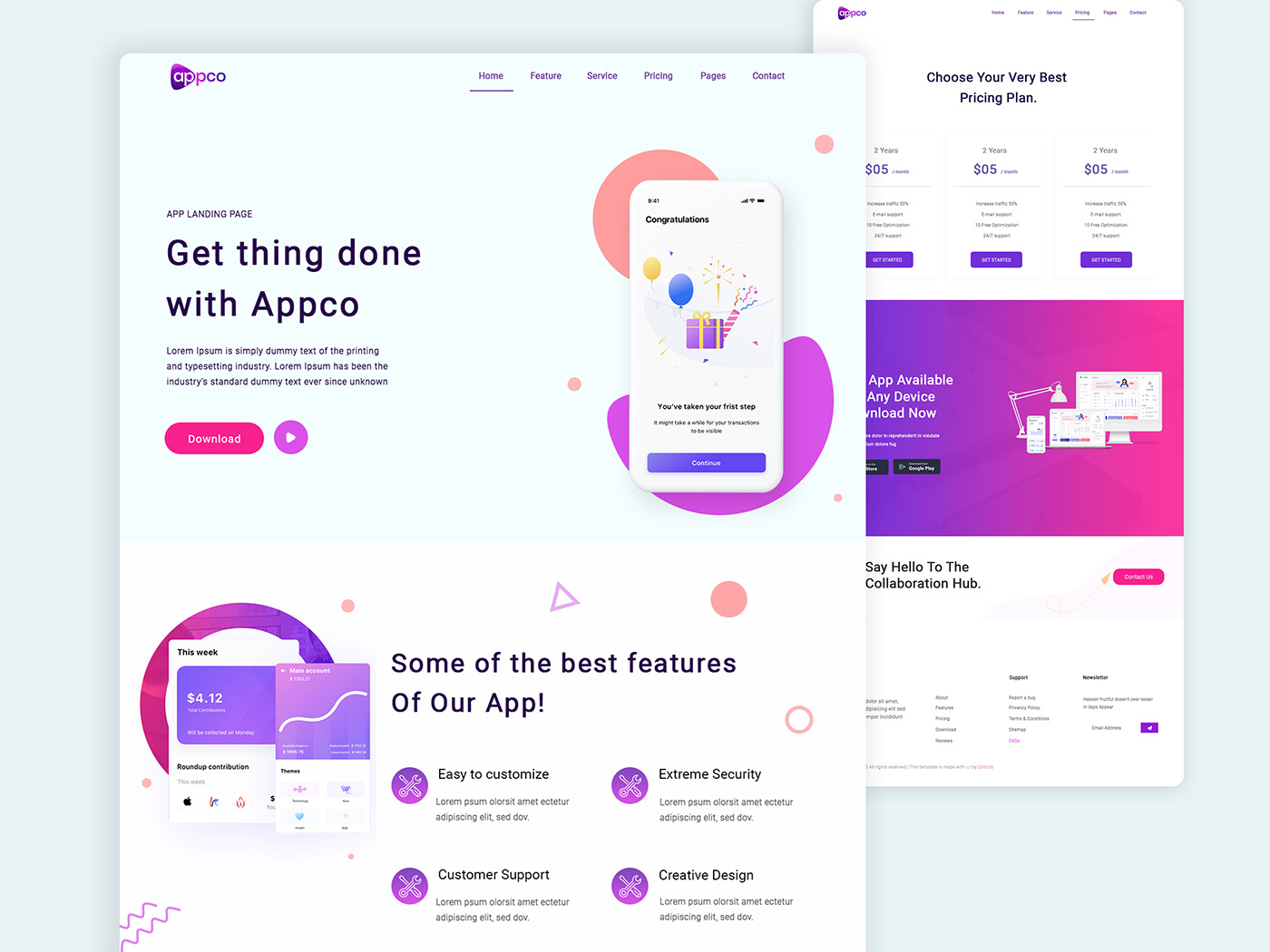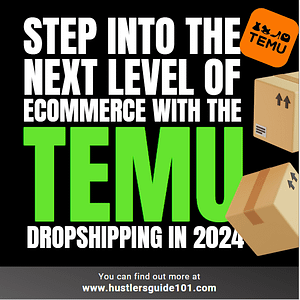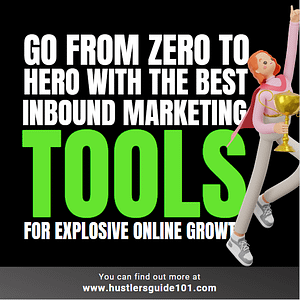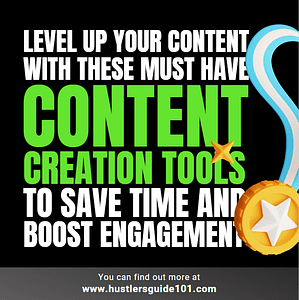
Do you ever feel like your landing pages are falling flat and not converting as many visitors as you’d like? Don’t worry, you’re not alone. Landing pages are a crucial part of any digital marketing campaign, and a poorly designed one can turn potential customers away faster than you can say “conversion rate.” Your solution from this hell of a problem is ‘Do’s and Don’ts of Landing Pages to Increase Conversation’
Many marketers don’t know where to start when it comes to creating effective landing pages. They may not understand the importance of a clear value proposition, a simple design, or the use of social proof and trust indicators. But fear not, because, in this blog, we will go over the do’s and don’ts of landing pages to increase conversations.
So buckle up, grab a coffee, and let’s get started!
What are landing pages?
Great question! If you’re new to the world of digital marketing, you may not be familiar with the term “landing pages.”
The purpose of a landing page is to provide visitors with a specific offer or call-to-action (CTA), such as signing up for a free trial, downloading an e-book, or making a purchase. Unlike a website’s homepage, a landing page is highly focused and doesn’t have any distractions like navigation menus or links to other pages. This keeps the visitor’s attention on the offer or CTA, increasing the chances of them taking the desired action.
Wondering what are the key components of a landing page. I got you covered with this detailed blog.

Let’s move to our main hero of the day. Do’s and don’ts of landing pages, including tips on the design, messaging, social proof, and more.
Do’s of Landing Pages
Creating an effective landing page can be challenging, but by following some best practices, you can increase the chances of conversion. Here are some do’s of landing pages to keep in mind when designing and creating your landing page:
Create a clear value proposition
Creating a clear value proposition is essential to the success of your landing page. Your value proposition should be the first thing that visitors see and should clearly communicate what you’re offering and why it’s valuable to them. Here are some tips on how to create a clear value proposition:
- Identify your target audience: Understanding your target audience is crucial to crafting a value proposition that resonates with them. Research their needs, pain points, and desires to create a value proposition that speaks directly to them.
- Highlight the benefits: Your value proposition should clearly communicate the benefits of your offer. Focus on the outcome that your product or service provides and how it will make your customers’ lives easier or better.
- Use clear and concise language: Your value proposition should be easy to read and understand. Use clear and concise language that’s free of jargon or technical terms.
- Differentiate yourself from competitors: Highlight what sets you apart from your competitors. This could be your unique features, your competitive pricing, or your exceptional customer service.
Use a simple and visually appealing design
Using a simple and visually appealing design is key to creating a landing page that engages visitors and encourages them to convert. Here are some tips on how to create a simple and visually appealing design for your landing page:
- Use a clear and concise headline: Your headline should be the first thing that visitors see when they arrive on your landing page. Make sure it’s clear and concise, and clearly communicates what your offer is.
- Use plenty of white space: White space (or negative space) is the empty space between design elements on your page. Using plenty of white space can help to make your page look more organized, clean, and visually appealing.
- Keep your design consistent: Consistency is key to creating a visually appealing landing page. Use a consistent color palette, typography, and imagery throughout your page.
- Use high-quality imagery: The images you use on your landing page should be high-quality and relevant to your offer. Avoid using stock photos that look generic or impersonal.
- Keep the page simple: A cluttered or complicated design can overwhelm visitors and reduce the chances of conversion. Keep your design simple and focused on the most important information.
Looking for insights on how much it costs to build a landing page? Check out our latest blog post for a breakdown of the costs involved!
Keep the message consistent
Keeping the message consistent on your landing page is essential to ensuring that visitors have a clear understanding of what you’re offering and why it’s valuable to them. Here are some tips on how to keep your message consistent:
- Use a clear and consistent message throughout the page: Make sure that the messaging on your headline, subheadings, and body copy all align with the same message. Your messaging should be consistent with your value proposition.
- Avoid using conflicting information: Conflicting information can confuse visitors and make them uncertain about what you’re offering. Ensure that all of the information provided on your landing page supports your value proposition.
- Keep the focus on the offer: The main focus of your landing page should be your offer. Avoid including too many other elements that could distract visitors from the offer and reduce the chances of conversion.
- Use a clear call-to-action: Your call-to-action should be clear and concise and align with the messaging on your page. Make sure that visitors understand what they’re getting and what they need to do to claim the offer.
Use social proof and trust indicators
Using social proof and trust indicators can help to build trust with your visitors and increase the chances of conversion. Here are some tips on how to use social proof and trust indicators on your landing page:
- Customer Testimonials: Including testimonials from satisfied customers can be a powerful way to build trust with visitors. Make sure that the testimonials are specific and provide details about how your product or service has helped them.
- Social media shares and followers: Including social media share and follower counts can help to demonstrate that your business has a strong following and is trusted by others.
- Trust seals: Trust seals such as security badges, SSL certificates, and payment provider logos can help to reassure visitors that their personal information is secure and that you’re a reputable business.
- Case studies: Including case studies can help to demonstrate how your product or service has helped other businesses or individuals. Make sure that the case studies are specific and provide real-world examples.
- Influencer endorsements: If you have a relationship with an influencer in your industry, their endorsement can help to build trust with your audience. Make sure that the influencer is relevant to your product or service and that their endorsement is authentic.
Wondering which attributes describe a good landing page experience? Read in detail here.
![59 Content Frameworks [50M+ Views & $10M+ sales]](https://ml7mr2tqkwmf.i.optimole.com/cb:ybm1.679b9/w:1024/h:535/q:mauto/f:best/https://hustlersguide101.com/wp-content/uploads/2023/09/ebook-for-blog.jpg)
Don’ts of Landing Pages
While it’s important to focus on what to do when creating a landing page, it’s equally important to know what not to do. Here are some common mistakes to avoid when creating a landing page:
Don’t clutter the page
Cluttering your landing page with too much information or design elements can be overwhelming for visitors and reduce the chances of conversion. Here are some tips on how to avoid clutter on your landing page:
- Focus on the most important information: Determine the key message you want to communicate to visitors and focus on that. Avoid including unnecessary information or design elements that distract from the main message.
- Simplify your design: A simple design can be more effective in capturing the attention of visitors and encouraging them to take action. Avoid using too many colors, fonts, or design elements that can clutter the page.
- Test and optimize: Monitor the performance of your landing page and test different elements to see what works best. Use A/B testing to compare different versions of your landing page and make data-driven decisions on which elements to keep and which to remove.
Don’t use too much jargon or buzzwords
Using too much jargon or buzzwords on your landing page can be confusing for visitors and reduce the chances of conversion. Here are some tips on how to avoid using too much jargon or buzzwords on your landing page:
- Know your audience: Understand who your target audience is and use language that they will understand. Avoid using technical language or industry-specific jargon that might be unfamiliar to them.
- Use clear and simple language: Use language that is easy to understand and avoid using unnecessary jargon or buzzwords. Be concise and to the point.
- Explain technical terms: If you must use technical terms or jargon, be sure to explain them in simple terms. Use analogies or examples to help visitors understand the meaning.
- Use the right tone: Use a conversational tone that makes visitors feel comfortable and engaged. Avoid using language that is too formal or stuffy.
- Test your messaging: Use A/B testing to test different messaging and see what works best. Pay attention to the language that resonates most with your audience and use that in your final messaging.
Don’t use too many form fields
Asking for too much information on your landing page can be a turnoff for visitors and reduce the chances of conversion. Here are some tips on how to avoid using too many form fields on your landing page:
- Only ask for necessary information: Only ask for information that is necessary to fulfill the visitor’s request. Avoid asking for information that is not relevant or that can be obtained later.
- Use a progress bar: If you have multiple form fields, use a progress bar to show visitors how much longer the process will take. This can help to reduce their anxiety and encourage them to complete the form.
- Use pre-filled fields: Use pre-filled fields to make it easier for visitors to complete the form. For example, if you already know their name and email address, pre-fill those fields so they don’t have to enter them again.
- Test and optimize: Test different form field combinations to see what works best. Use A/B testing to compare different versions of your landing page and make data-driven decisions on which form fields to keep and which to remove
Don’t neglect mobile optimization
Neglecting mobile optimization on your landing page can be a costly mistake, as more and more people are using mobile devices to browse the internet. Here are some tips on how to avoid neglecting mobile optimization on your landing page:
- Use a responsive design: Use a responsive design that adjusts to the size of the screen it is being viewed on. This will ensure that your landing page looks good on any device, whether it’s a desktop computer, tablet, or smartphone.
- Optimize for speed: Mobile users expect pages to load quickly, so optimize your landing page for speed. This means minimizing the size of images and videos and using a fast hosting provider.
- Use mobile-friendly form fields: Make sure your form fields are easy to use on a mobile device. This means using larger text, and bigger buttons, and avoiding the need for pinch-to-zoom.
- Test on different devices: Test your landing page on different devices to make sure it looks and works as intended. Use a variety of devices with different screen sizes and operating systems.
- Monitor performance: Monitor the performance of your landing page on mobile devices and make adjustments as needed. Use analytics tools to see how visitors are interacting with your page and make data-driven decisions on how to optimize it.
Also read: How to create a landing page on Shopify in 4 simple steps?
Wrapping up
And there you have it – the do’s and don’ts of landing pages to increase conversions! By following these tips, you can create a landing page that’s visually appealing, easy to navigate, and most importantly, converts visitors into customers.
Remember to keep your messaging consistent, use social proof and trust indicators, and optimize for mobile devices. And don’t forget to keep it simple and clutter-free! With these tips regarding the do’s and don’ts of landing pages in mind, you will be well on your way to creating landing pages that generate real results for your business.
Good luck!







